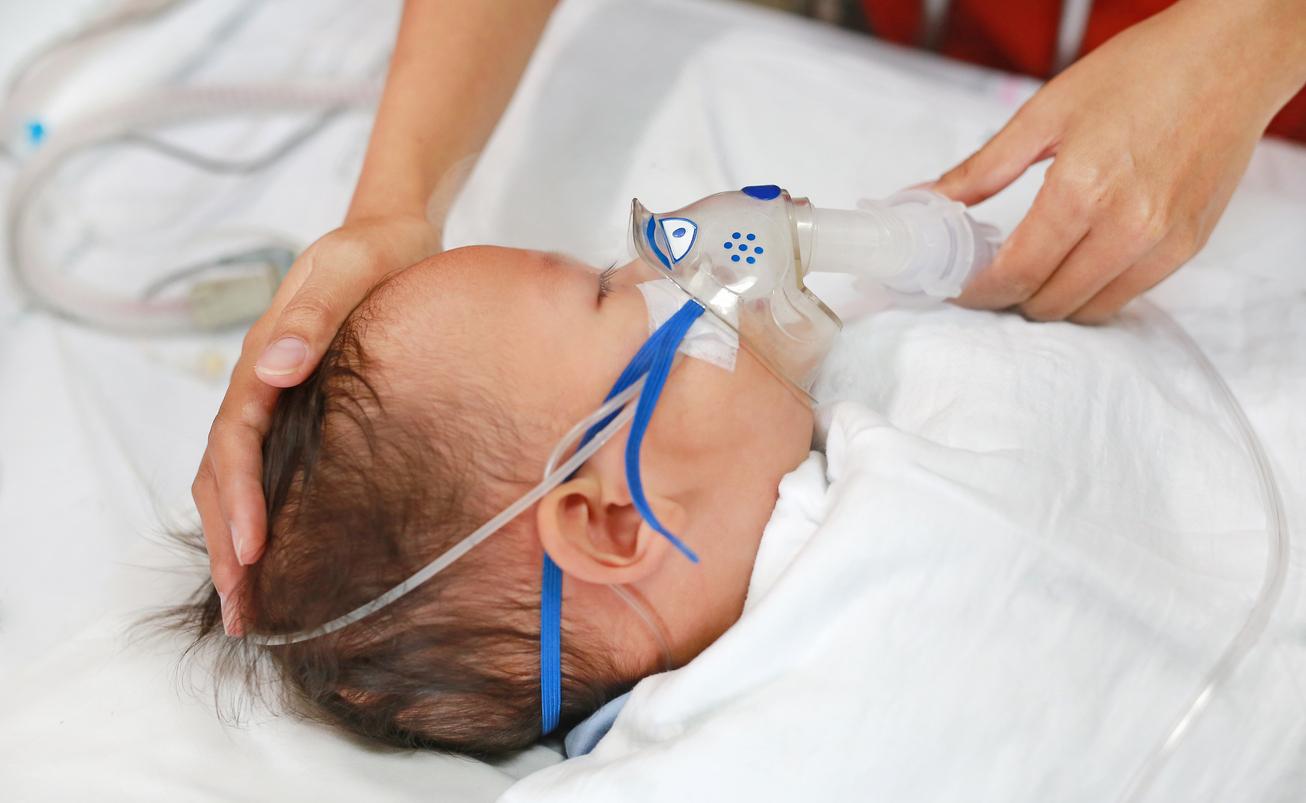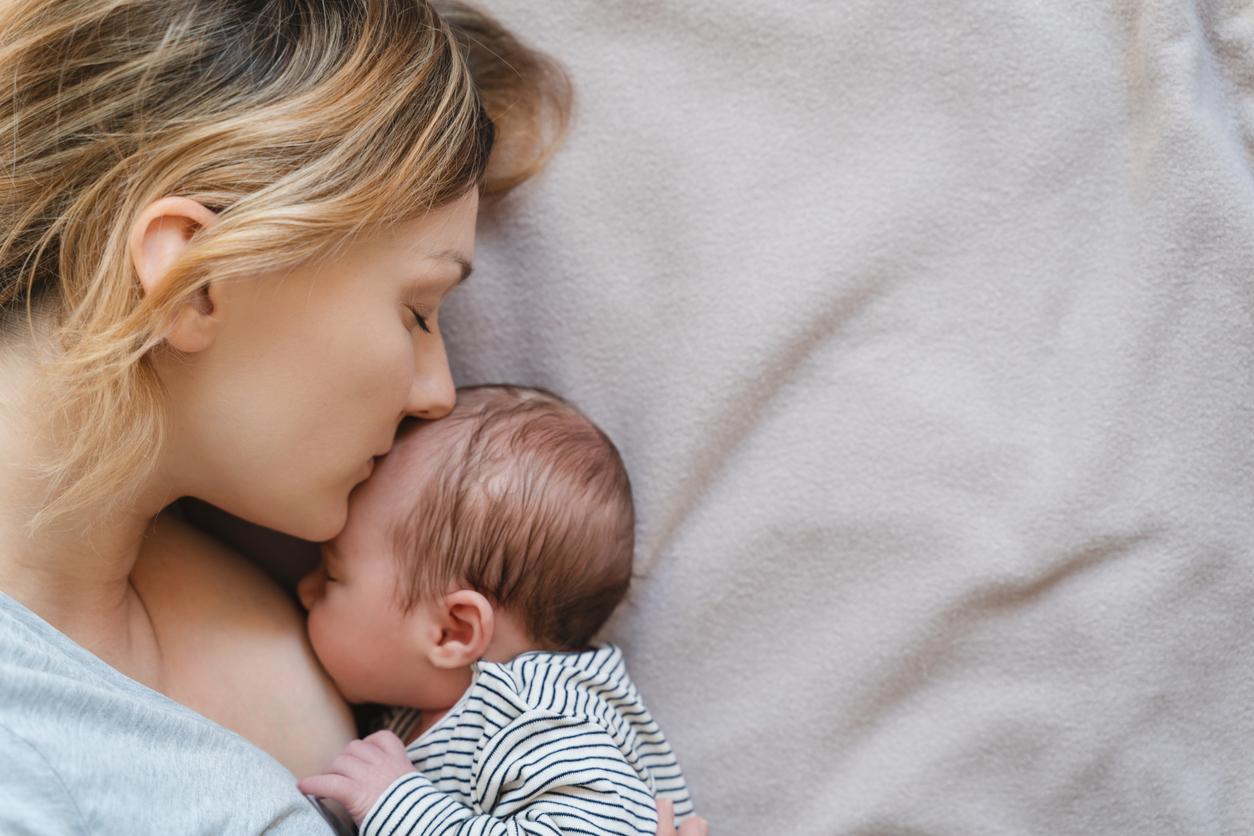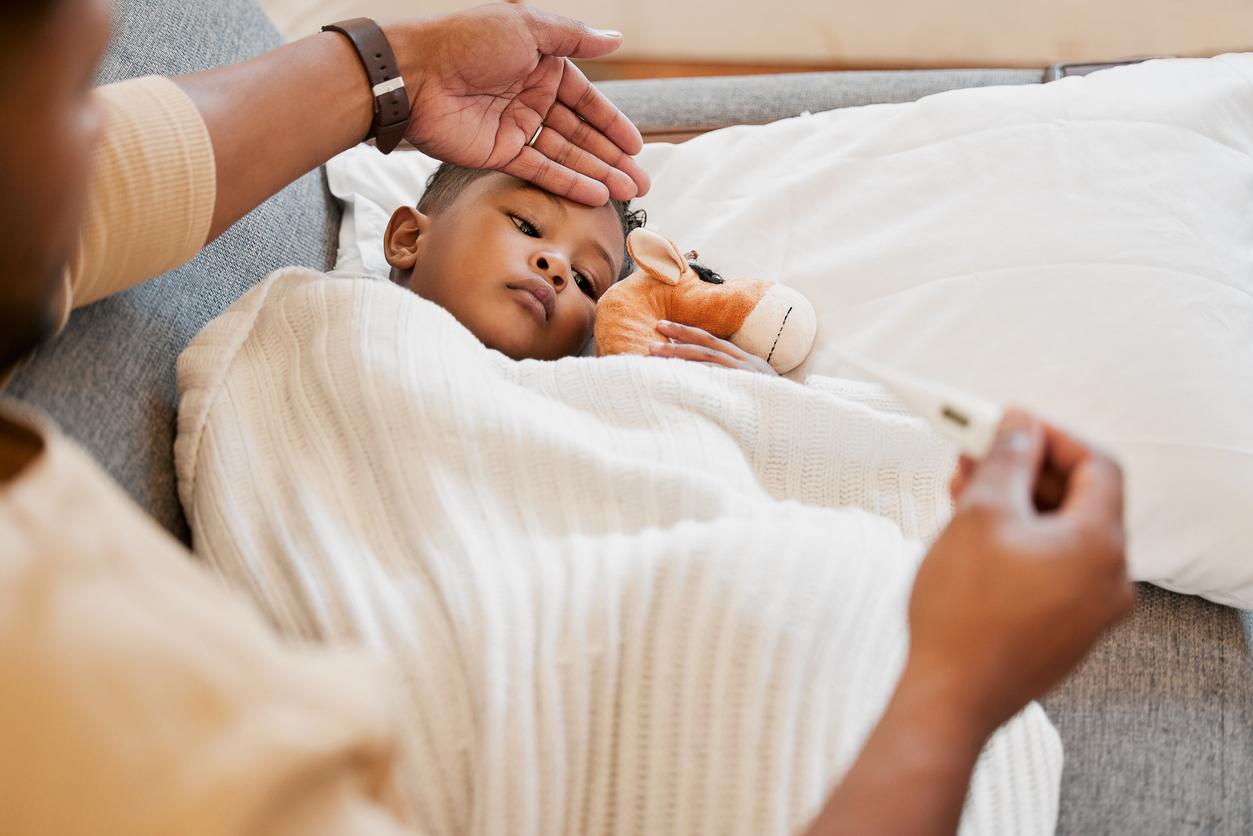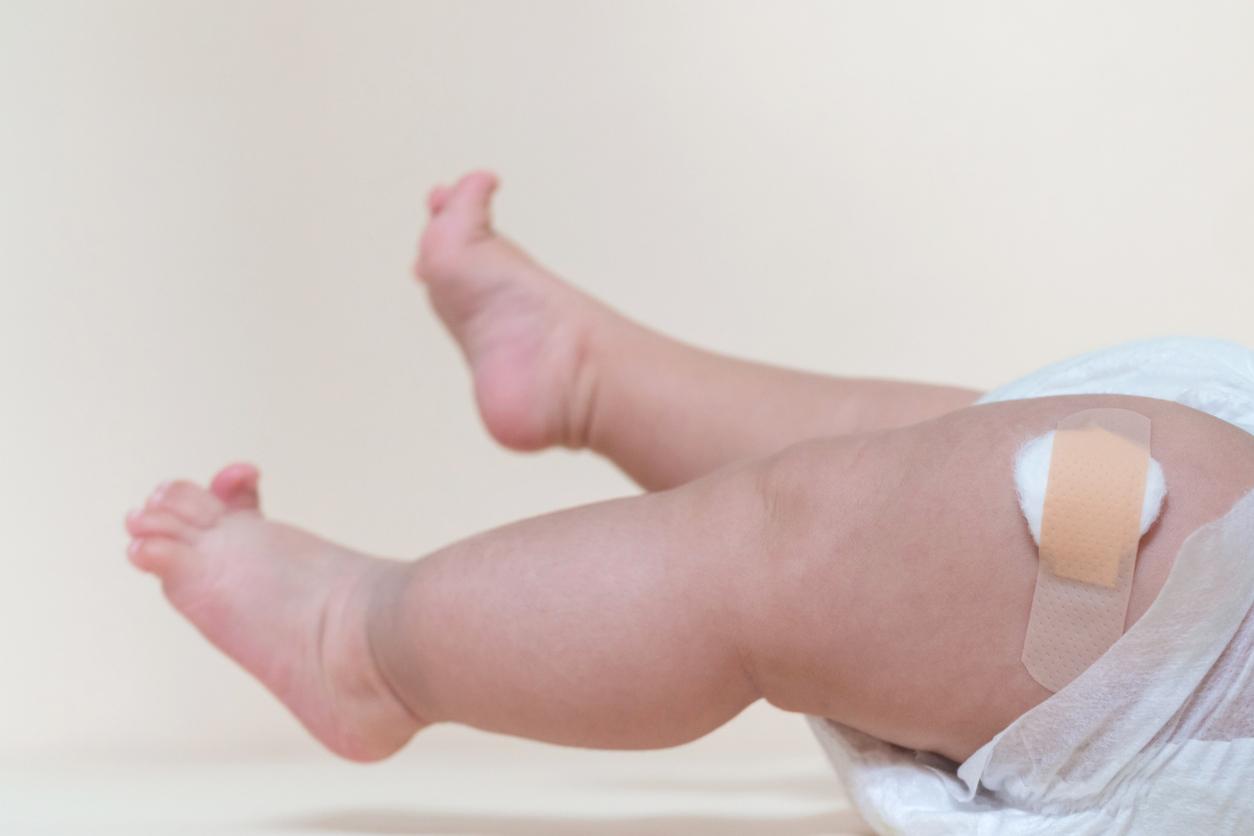Last week, bronchiolitis caused 1,009 emergency room visits and 328 hospitalizations. This is 7% more than the previous week, according to InVS.
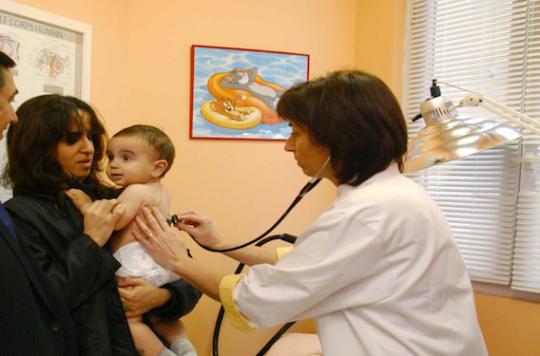
Like every year, the end of October is a period that parents dread. And fall 2015 is no exception. Bronchiolitis has already arrived. It is a viral infection of the smallest bronchi, the bronchioles, which bring air to the very bottom of the lungs. It is observed in children under two years of age and especially in infants under six months. In more than 80% of cases, bronchiolitis is due to the respiratory syncitial virus (RSV) which is transmitted through droplets expelled by coughing and sneezing, but also through hands or contaminated objects. This is spreading more and more nowadays.
All French regions concerned
Last week, there were 1,009 visits to the emergency room for bronchiolitis, including 328 hospitalizations, according to the latest bulletin from the Institut de Veille Sanitaire (InVS). This is 7% more than the previous week. The number of consultations with SOS doctors stood at 196 visits, a “stable” figure compared to the previous week.
In addition, the InVS specifies that this is a “continued increase” in the number of emergency visits and SOS Doctors visits for bronchiolitis, “with an increase in all French regions”.
Do not panic, however, since the Institute concludes that this “dynamic” activity is comparable with previous years.

Source: InVS
Bronchiolitis begins as a simple nasopharyngitis, with a mild fever, runny nose and dry cough. The infant then presents with difficulty breathing. He is restless and pushes his bottles away. His bronchial tubes are clogged with secretions that he cannot evacuate.
Is that bad ?
Most of the time, bronchiolitis progresses without complications and breathing difficulties disappear spontaneously within a few days. Nevertheless, some children are permanently bothered or have frequent recurrences. A high fever, otitis or purulent secretions should alert to a possible bacterial superinfection which requires the administration of antibiotics. In 1% of cases, the child must be hospitalized according to criteria very specific developed with the High Authority for Health (HAS).
.










